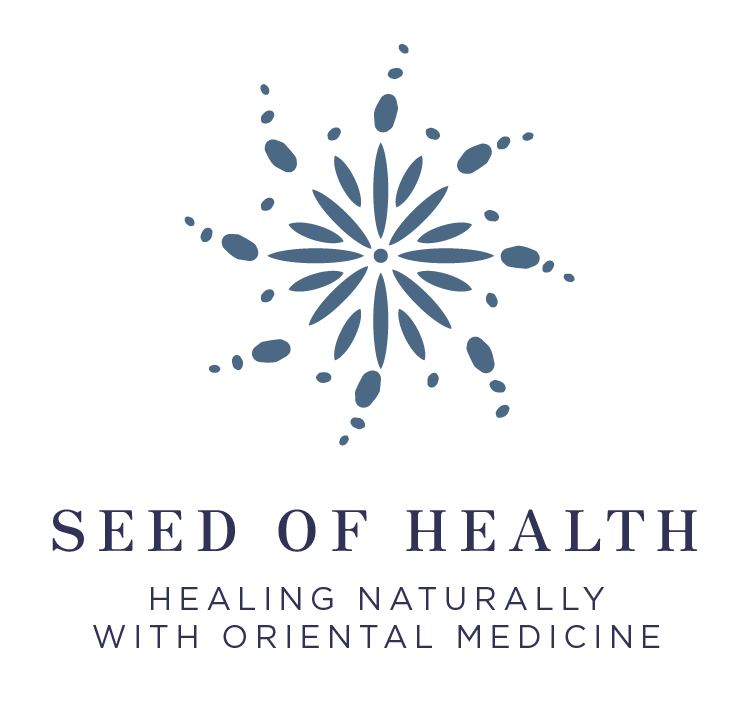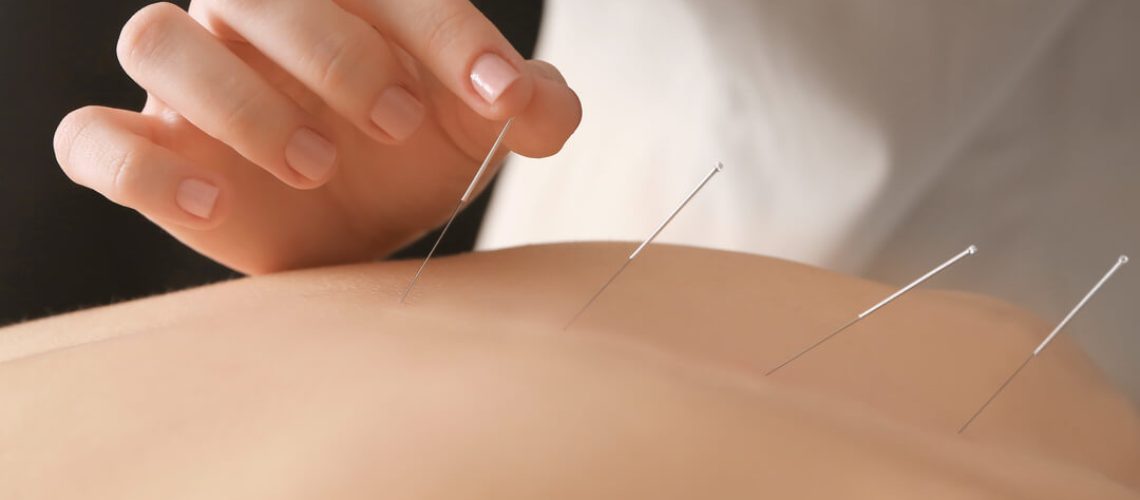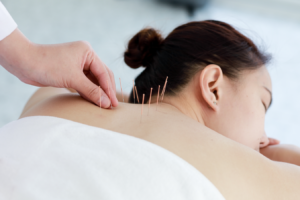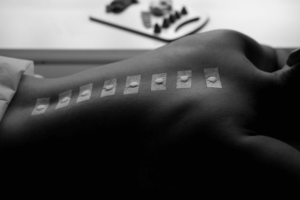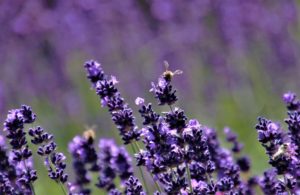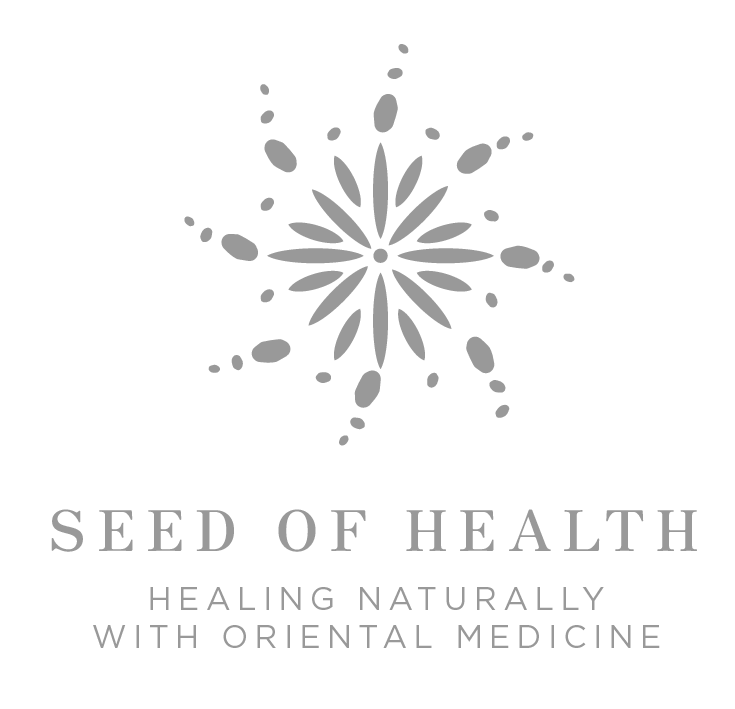In TCM, it is believed that the natural flow of energy (Qi) in the body is essential to a person’s health and wellbeing. The Qi is said to flow through energy pathways, or meridians, in the body to nourish the different organ systems. A disruption in this flow can lead to disease.
Acupuncture helps to stimulate the flow of energy by accessing the meridians through several acupuncture points in the body. The goal of acupuncture is to remove energy blockages and balance energy levels, which in turn helps in regulating physical, mental, and emotional health.
Inserting thin, tiny needles into the acupoints can bring the flow of Qi into proper balance. The stimulation of the acupoints helps increase blood flow while at the same time triggering the body’s natural painkillers.
Acupuncture is the use of tiny, delicate needles at precisely described points along the body’s energy channels applied to balance and regulate the whole body functioning. It is a very safe procedure using only sterilized, single-use needles that do not inject or withdraw anything from the body with the most common “side-effect” being a feeling of deep relaxation and wellbeing.
Although often described as a means of pain relief, it is in fact used to treat people with a wide range of illnesses. The focus of acupuncture is on improving the overall well-being of the patient, rather than only the isolated treatment of specific symptoms. According to traditional Chinese philosophy, our health is dependent on the body’s motivating energy, known as Qi, moving in a smooth and balanced way through a series of meridians (channels) beneath the skin.
Qi consists of equal and opposite qualities—Yin and Yang—and when these become unbalanced, illness may result. By inserting hair-thin needles into specific points on the body, acupuncture stimulates the body’s own healing response and helps restore its natural balance. The flow of Qi can be disturbed by a number of factors, including poor nutrition, weather conditions, hereditary factors, infection, poisons, trauma, and emotional states such as anxiety, stress, anger, fear, and grief.
